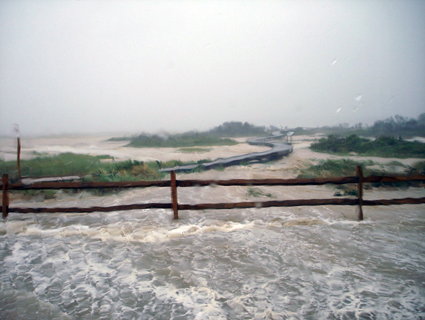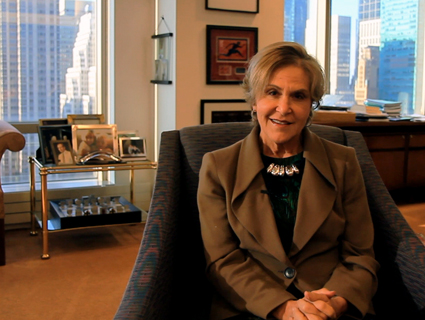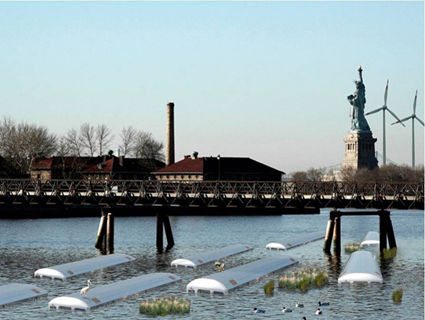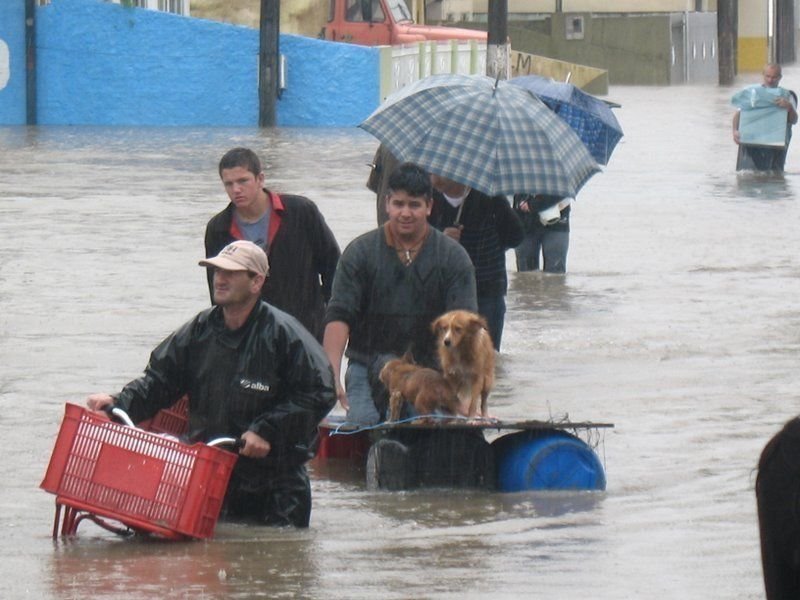
Flooding on the Virginia coast. <a href="http://www.flickr.com/photos/usfwsnortheast/6097306728/sizes/l/in/photostream/">U. S. Fish and Wildlife Service - Northeast Region</a>/Flickr
If you want to imagine what the future, climate-changed world will look like, one of the biggest questions is by how much, exactly, the sea levels will increase. Rising tides have already become one of the most prominent climate change impacts, threatening coastal communities from Virginia to Palau and amplifying the damage of storms like Sandy. Estimates vary: 2007’s Intergovernmental Panel on Climate Change report pegged the figure at somewhere around a foot by 2100, while a December study from NOAA went as high as 6.6 feet. But a swath of recent studies put the estimate at around three feet, including a report out Sunday in Nature Climate Change. From NBC:
Melting glaciers in Antarctica and Greenland may push up global sea levels more than 3 feet by the end of this century, according to a scientific poll of experts that brings a degree of clarity to a murky and controversial slice of climate science.
Such a rise in the seas would displace millions of people from low-lying countries such as Bangladesh, swamp atolls in the Pacific Ocean, cause dikes in Holland to fail, and cost coastal mega-cities from New York to Tokyo billions of dollars for construction of sea walls and other infrastructure to combat the tides.
“The consequences are horrible,” Jonathan Bamber, a glaciologist at the University of Bristol and a co-author of the study, [said].
While efforts to stem the rising sea, like reducing greenhouse gas emissions from burning fossil fuels, are always worth pursuing, in light of the mounting evidence for large-scale changes it seems prudent for more coastal cities to take a lead from places like New York and start preparing for a closer coastline.

















